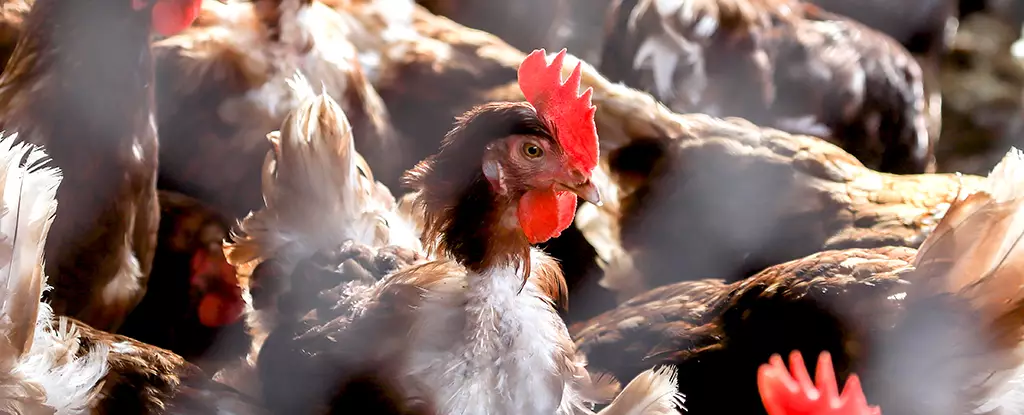The recent outbreak of bird flu in the United States has raised concerns among health experts about the potential for the virus to adapt to human-to-human transmission. While there is currently no evidence of this happening, researchers are exploring various vaccine options to prepare for such a scenario. Even though there are hundreds of thousands of stockpiled shots from past trials, questions remain about their effectiveness against the latest strains of bird flu and the ability to rapidly scale up production.
Virologists Flavio Faccin and Daniel Perez from the University of Georgia have conducted a thorough analysis of current vaccine efforts to combat potential human pandemics caused by bird flu variants. They have identified several promising vaccine development options that could be crucial in defending against the spread of these viruses. The researchers emphasize that vaccination remains the primary defense strategy until bird flu is able to directly spread from one human to another.
Types of Vaccines
One approach to vaccine development that researchers are exploring is inactivated vaccines, which utilize dead versions of the targeted virus. Studies, including trials on mice infected with the H5N1 virus, have shown high levels of protection with these vaccines. Another type of vaccine is the live attenuated influenza vaccine (LAIV), which uses a weakened form of the virus to stimulate the immune system. LAIVs typically generate a more robust immune response, and promising results have been observed in studies with monkeys infected with H5N1.
New Vaccine Technologies
In addition to traditional vaccine approaches, researchers are also investigating newer technologies such as virus-like particle (VLP) vaccines and messenger RNA (mRNA) vaccines. VLP vaccines aim to mimic real viruses in a safe manner, while mRNA vaccines direct cells to produce proteins that match the targeted virus. Early results with these technologies have shown promise, and there have been limited trials involving human participants.
Despite the progress in vaccine research, challenges remain, especially considering the high fatality rate of H5N1 bird flu. If these vaccines are needed, widespread deployment will require collaboration among various countries and agencies. The World Health Organization is actively working to facilitate cooperation and ensure that the necessary measures are in place to address the dual threat posed by avian influenza viruses (such as H5N1, H7N9, and H9N2) to both the global poultry industry and public health.
While the potential for bird flu to evolve into a human-transmissible virus is a concerning prospect, the ongoing research and development of vaccines provide hope for effective prevention and control. By exploring a range of vaccine platforms and collaborating on a global scale, we can enhance pandemic preparedness and effectively mitigate the threat of avian influenza viruses.


Leave a Reply